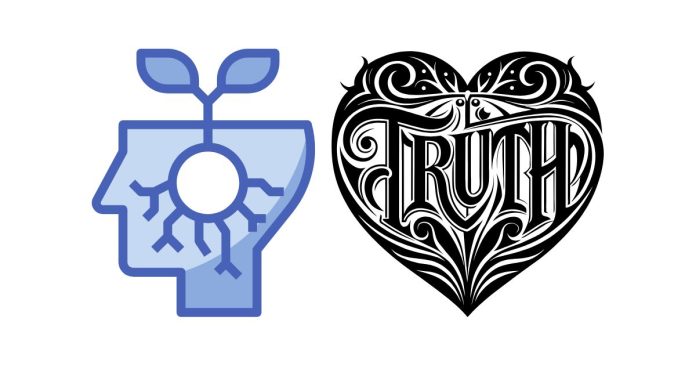Have you ever watched Inception and found yourself pondering over the ending? Christopher Nolan’s 2010 thriller is famous for its mind-bending plot and ambiguous conclusion. Throughout the film, the lines between dreams and reality blur, leaving viewers questioning what is real and what is a dream. But what exactly happened at the end of Inception, and what is the truth behind it all?
In this blog post, we’ll dive into the ending of Inception, explore different theories, and attempt to uncover the truth behind the film’s enigmatic conclusion.
A Quick Recap of the Plot
Before we analyze the ending, let’s quickly revisit the premise of Inception. The film follows Dom Cobb (played by Leonardo DiCaprio), a skilled “extractor” who enters people’s dreams to steal secrets from their subconscious. Cobb is given a chance to have his past erased and return to his children if he can successfully perform “inception” — planting an idea in someone’s mind rather than extracting one.
The film takes audiences through a series of dream levels, with Cobb and his team navigating increasingly complex dreamscapes. Throughout the journey, Cobb is haunted by the memory of his late wife, Mal (Marion Cotillard), and the guilt he feels over her death. This inner turmoil becomes a central element in understanding the final moments of the film.
The Final Scene: What Really Happens?
In the final scene of Inception, Cobb returns home to his children after successfully completing the inception task. However, just before he enters the house, he spins his totem — a small spinning top that helps him determine whether he’s in a dream or reality. The totem spins for a while but wobbles slightly, leaving the viewer in suspense. The film cuts to black before the top falls or keeps spinning, leaving the question of whether Cobb is still in a dream unresolved.
This ambiguous ending has left fans debating whether Cobb is in reality or still trapped within the dream world. So, what is the truth?
The Theories: Is Cobb in a Dream or Reality?
There are several popular theories about the ending, and each one offers a different interpretation of the film’s conclusion:
Theory 1: Cobb is in Reality
One theory suggests that Cobb has successfully returned to reality. The slight wobble of the spinning top in the final scene is interpreted as a sign that it will eventually fall, which would confirm that Cobb is in the real world. The theory argues that the fact that Cobb no longer checks the top (as he did earlier in the film) shows he has accepted his reality, no matter the outcome. Cobb’s reunion with his children is the emotional resolution he needed, signaling that he’s finally free from his guilt and the dream world.
Theory 2: Cobb is Still Dreaming
Another theory posits that Cobb is still in a dream. According to this interpretation, the fact that the top wobbles and the film cuts to black without showing whether it falls suggests that Cobb is still trapped in a dream. Some fans believe that the dream world’s rules still apply — that Cobb’s desire to reunite with his children is so powerful that it creates the illusion of reality. In this case, the spinning top is meant to keep us questioning the nature of Cobb’s existence.
Theory 3: The Top Doesn’t Matter
A third theory is that the spinning top is irrelevant to the ending. Some argue that the question of whether Cobb is in a dream or reality is intentionally left unanswered. For Cobb, the most important thing isn’t whether the world around him is real but whether he has let go of his guilt over Mal’s death. In this reading, the ending represents Cobb finally accepting that he can move on and be with his children, regardless of whether the world is a dream or not. The totem, then, becomes symbolic of his personal journey rather than a definitive answer.
The Role of the Totem
The totem is an essential part of Inception, as it allows the dreamer to test their surroundings and determine if they’re in a dream or the real world. Each character has their own totem, but Cobb’s totem is unique: it’s a spinning top that only Mal knew the weight and balance of, which is why Cobb uses it to check his reality.
In the final scene, the focus on the totem’s spinning and its uncertain fate leads many to wonder whether Cobb’s reality has shifted once again. Some argue that the totem’s true role is not to give a concrete answer, but to highlight Cobb’s emotional transformation. It’s no longer about determining whether he’s dreaming — it’s about whether he’s at peace with his choices.
The Truth of the Ending
So, what is the truth about the ending of Inception? The beauty of the film lies in its ambiguity. Christopher Nolan deliberately leaves the final scene open to interpretation, allowing viewers to decide what they believe happened. Whether Cobb is in a dream or in reality, the film explores themes of guilt, redemption, and the complexity of the human mind.
Ultimately, Inception challenges us to question our own perceptions of reality and to consider how our emotions and desires shape the world around us. The ending’s open-ended nature forces us to confront the uncertainty of life itself — sometimes, the truth is elusive, and perhaps that’s exactly what Nolan wanted us to understand.
In the end, the most important question might not be about whether Cobb is dreaming or not, but rather: What do you believe is real?


